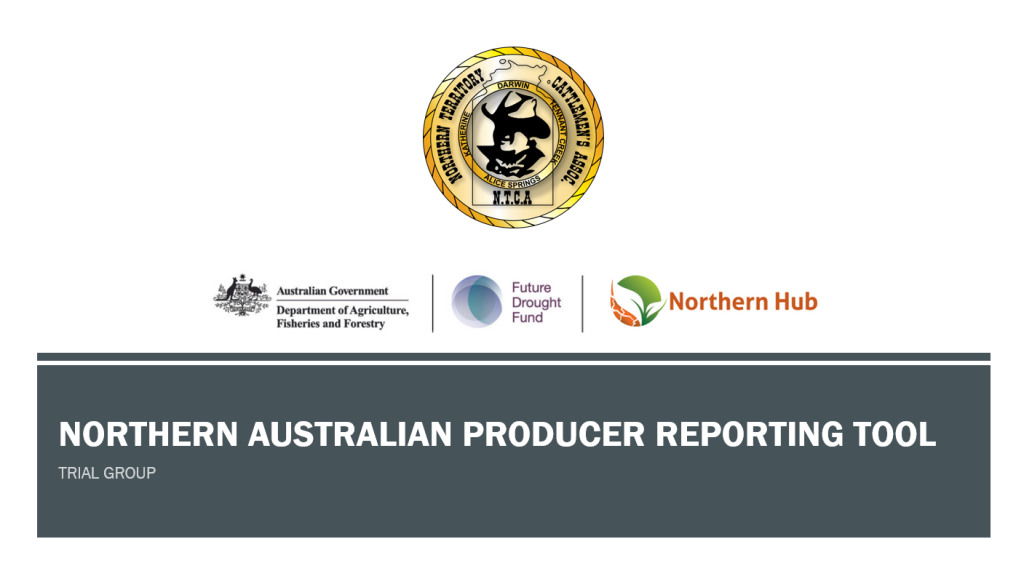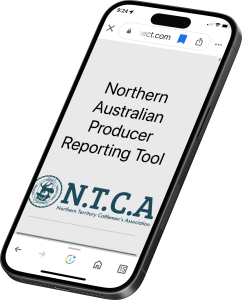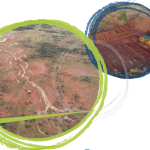In the ever-evolving world of agricultural technology, the integration of Artificial Intelligence (AI) into livestock disease management marks a significant step forward toward combating critical biosecurity and economic risks. This innovative approach, especially critical in vast areas like Northern Australia, has the potential to significantly disrupt how we tackle and control livestock diseases such as Lumpy Skin Disease (LSD) and Foot-and-Mouth Disease (FMD).

The Need for Advanced Detection Methods
Livestock diseases pose a substantial threat to the agricultural industry, with the potential to cause severe economic losses and disrupt supply chains. Traditional methods of disease detection and reporting have often been slow and labour-intensive, leading to delayed responses and the increased spread of diseases. This is particularly challenging in regions with limited resources and large geographical areas to cover.

AI: The Game-Changer in Livestock Disease Management
Enter the realm of AI. This project, funded by the Northern Hub through the Department of Agriculture, Fisheries and Forestry’s Innovation grant, utilises the power of AI to improve the detection and reporting of livestock diseases. By using an AI programming overlay on a livestock emergency animal disease image library, the project offers a more accurate, swift, and efficient method of identifying disease symptoms.
How Does the AI System Work?
The AI system works by analysing images uploaded by livestock owners to a web-based reporting form. These images are then compared against a comprehensive library of disease symptoms, with the AI evaluating the probability of the images displaying clinical signs consistent with LSD or FMD. This method not only enhances the speed of detection but also the accuracy, enabling a more targeted and effective biosecurity response.
Integration with Existing Systems
One of the key strengths of this project is its integration with existing biosecurity and livestock management systems. The AI-enhanced tool is linked to the Property Identification Code (PIC) system and the Government’s biosecurity emergency response reporting system, ensuring a continuous flow of information and a coordinated response.

Benefits for the Agricultural Community
This AI-driven project offers numerous benefits to the agricultural community:
- Rapid Detection and Response: Early identification of diseases enables quicker containment and control measures, reducing the spread and impact.
- Ease of Use: The web-based reporting tool is user-friendly, allowing for quick and easy reporting by livestock owners.
- Data-Driven Insights: The collection and analysis of data provide valuable insights into disease patterns and risks, informing future biosecurity strategies.
- Cost-Effectiveness: By reducing the spread of diseases, the system helps in lowering the economic burden associated with outbreaks.
Stakeholder Feedback and Future Prospects
Preliminary feedback from varying stakeholders has been overwhelmingly positive. Younger generations appreciate the ease of communication and report submission, while older generations value the support it provides for the live export trade.
Moving forward, the aim is to continuously refine and enhance the AI system, tailoring it to meet the evolving needs of the agricultural sector. The project represents a significant pivot towards a more technologically advanced, responsive, and efficient approach to livestock disease management.
Conclusion
In conclusion, the use of AI for detecting livestock diseases marks a practical shift towards smarter agriculture. By incorporating this technology, we’re paving the way for a more effective, precise, and adaptable approach to disease management in the industry.


